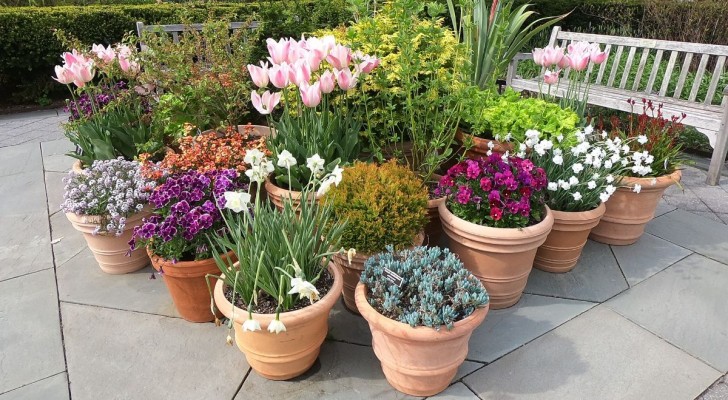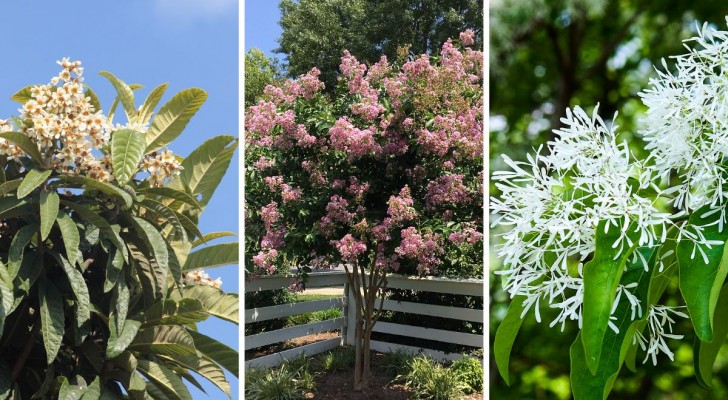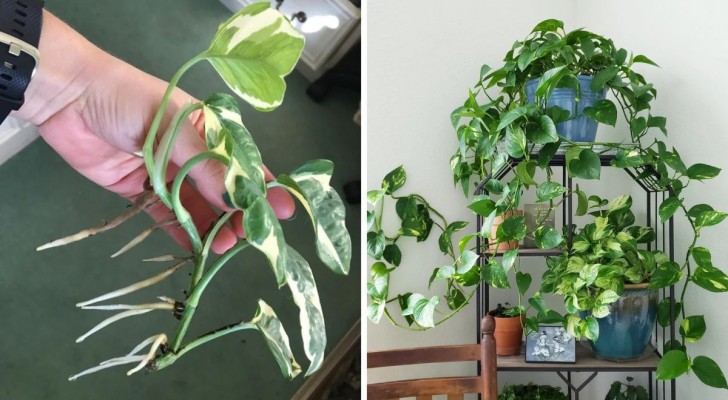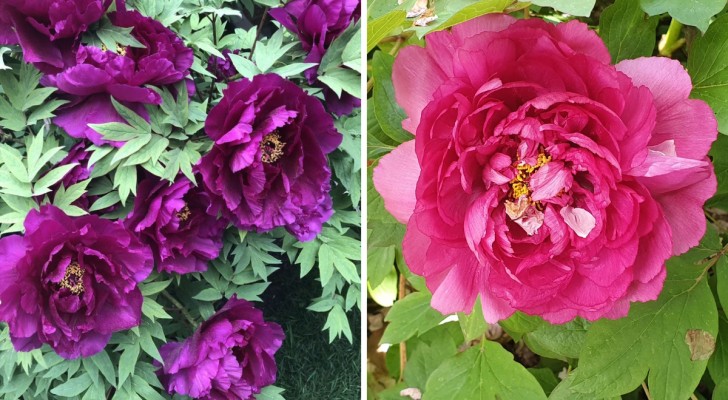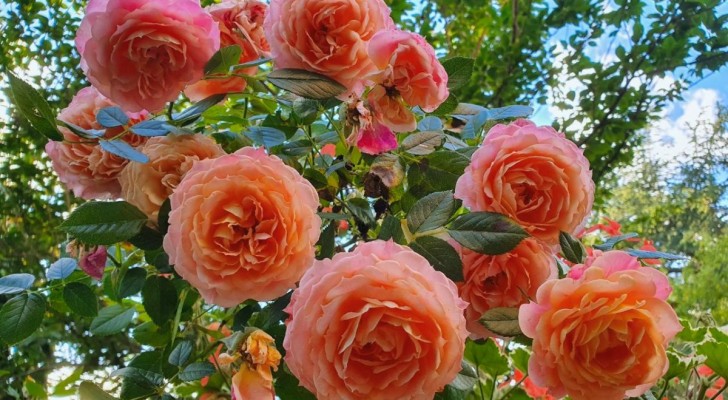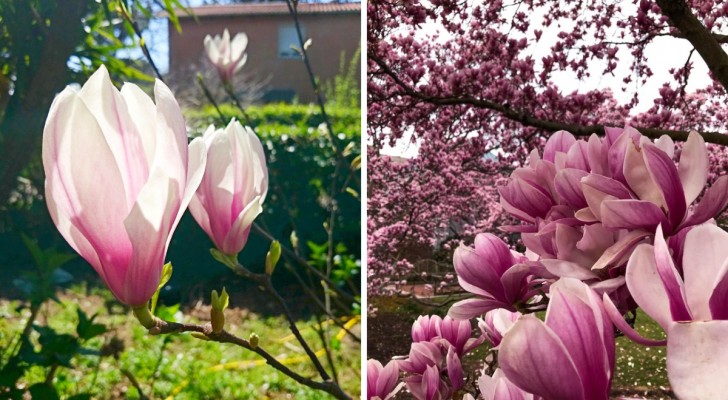Is your orchid failing to produce roots? You can still try to save it

It may happen your orchids could be a "bit under the weather". And maybe, when examining the stem, we notice that the roots are rotten or less healthy-looking and robust as they should be. These are cases in which the root system has become sick and damaged, and stops growing, sometimes even dying.
Before it's too late, however, we can try to save the plant with an precise intervention, in order to give our favorite orchid another chance. Read on to find out how:
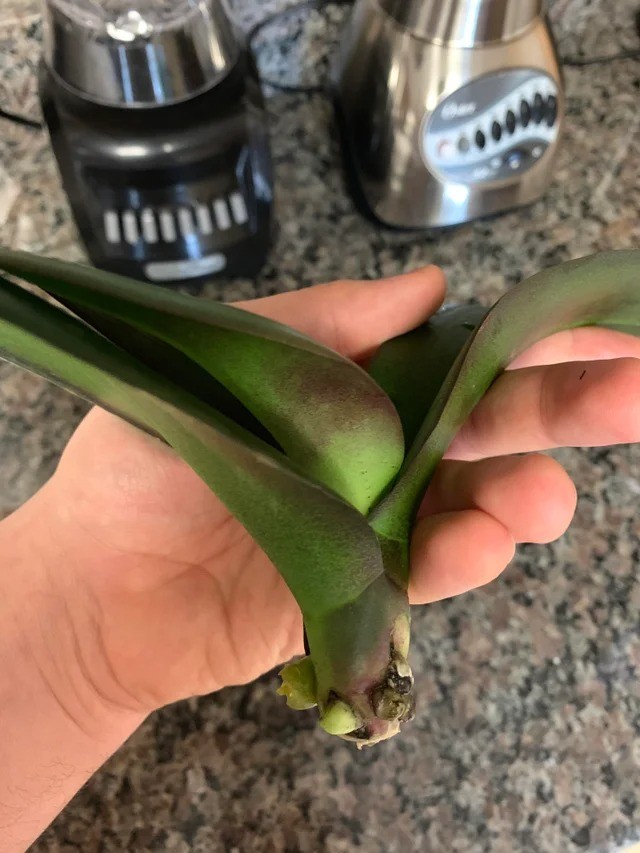
Check that the plant has not dried out: if it is still green, you can possibly save it. The chances of success are even greater if there are some roots that are not yet dead.
Some signs of a root problem can be:
- slowdown in plant growth, especially in spring and summer;
- leaves that become wrinkled and limp;
- leaves that fall from from the plant.
How to intervene
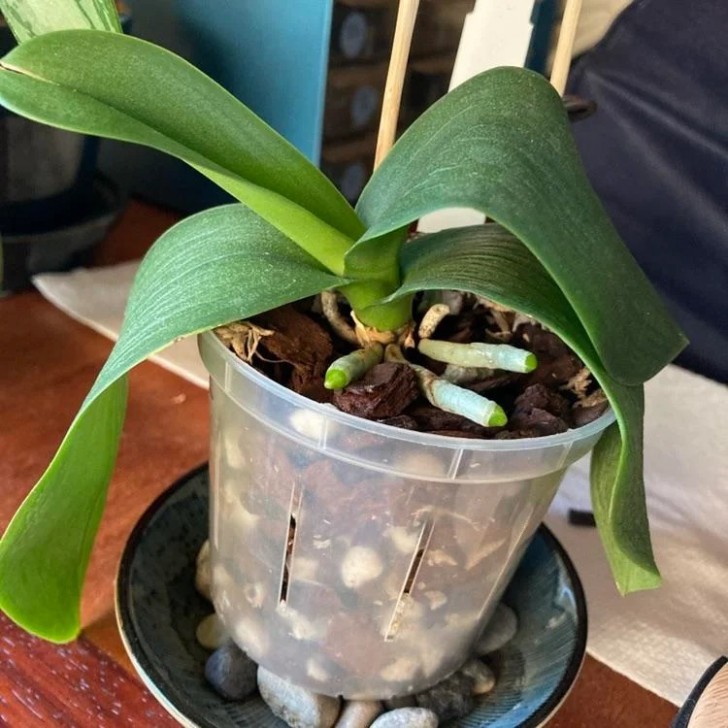
- Sterilize the shears you will use to make any cuts: spray or wash the blades with 70% isopropyl alcohol, or pass the blades over a flame (stoves, lighters, torches ...).
- Take the orchid vase and immerse it in water for a maximum of 5 minutes, preferably in a basin. It will be best to remove any soil from the roots if you can.
- With gloves, remove the plant from the pot and slowly remove all the substrate and soil from around and between the roots. Throw this material away and don't use it for other plants.
- If there are stems with flowers, you should cut these off as well.
- Use 3% hydrogen peroxide, and sprinkle it all over the roots.
- Proceed to inspect the roots: cut away all those that are damaged, dry, rotten and generally not looking healthy.
- Spray some more hydrogen peroxide on the now-groomed roots.
- Let the plant dry in a dry place, but not in direct sunlight.
- Prepare a vase with water or with the bottom soil level soaked in water (about ten centimeters), and place the plant on top (but without immersing the base into the water or sphagnum). It only needs to touch the wet sphagnum, and in the case of water, remain suspended with a space of at least 2 or 3 centimeters, or a little more. This will serve to ensure good ventilation.
- After 2 to 3 weeks, you should notice new roots starting to form below, although it sometimes takes up to 3 months. During this waiting phase, always check that there is enough water and that the sphagnum is damp (not soggy), topping up / spraying as necessary, but never overdoing it.
It takes a little patience, but you could be rewarded with a plant that will look beautiful again for the year to come!
